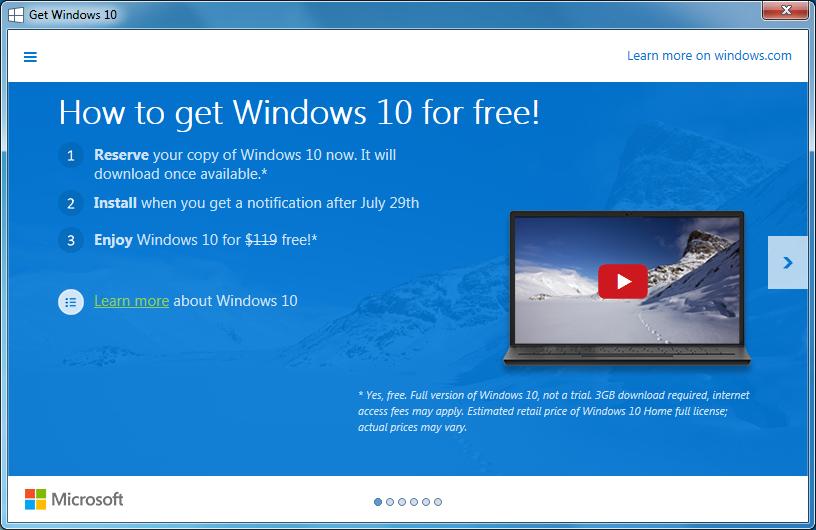
The remaining objective is to identify non-Microsoft processes that can be safely eliminated. You can safely eliminate duplicate instances of a process unless they’re malware disguised as legitimate processes. A good rule of thumb is to assume that the core Microsoft processes are essential to your PC’s health and should not be removed. Some internal processes remain in the background even after you uninstall the main application.Īll these background processes and apps are not indispensable. Software developers now prefer rich graphics, which can take a toll on RAM and CPU performance. Windows 11 feels especially resource-intensive as it comes bundled with preinstalled programs, an enhanced search engine, rich media players, and several third-party software.Įach new software you install creates an oversized memory footprint. Just a decade ago, Windows operating systems were much lighter compared to what is offered today, as there were fewer processes to deal with.

You may wonder what many apps and their processes are doing. Why There Are so Many Background Processes and Apps Automatically End Hidden Processes in Registry Editor Stop Persistent Apps and Processes in PowerShell Do a Periodic Disk Cleanup and Defragment Uninstall Apps and Modify Performance Options in Control Panel Use MSConfig to Disable Non-Microsoft Services


 0 kommentar(er)
0 kommentar(er)
